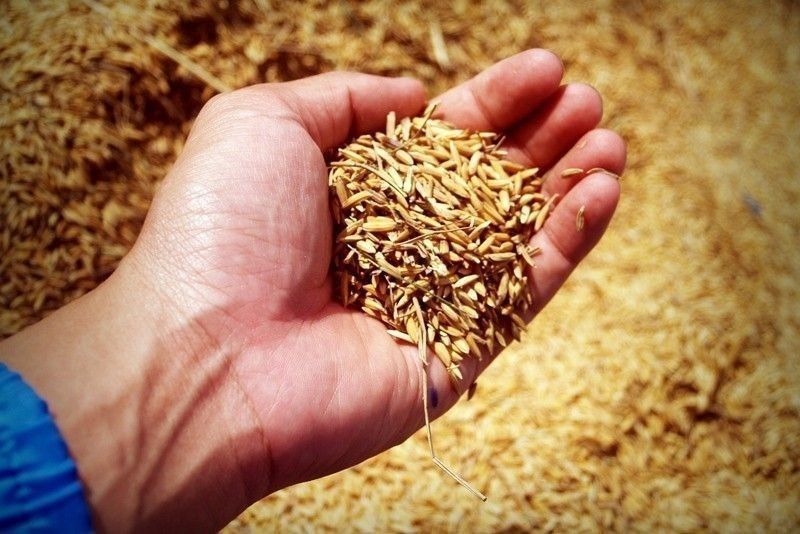El Niño trims palay harvest in Q1

MANILA, Philippines —The country’s palay or unmilled rice production contracted by two percent in the first quarter as farms were unable to withstand the effects of warmer and drier climatic conditions due to El Niño.
Local palay output from January to March declined by two percent to 4.68 million metric tons from the 4.78 million MT recorded volume in the same period last year, according to the Philippine Statistics Authority (PSA).
The actual palay output in the first three months was 2.8 percent lower than the 4.82 million MT earlier projected by the PSA.
Experts blamed El Niño as the primary reason behind the decline in palay output during the reference period.
Philippine Chamber of Agriculture and Food Inc. president Danilo Fausto said the slight contraction in palay output was expected due to El Niño.
El Niño has affected some 34,264 hectares of rice farms in the first quarter, resulting in production loss amounting to about 72,733 MT, according to a report of the Department of Agriculture.
The DA noted that most of the damage and losses recorded on rice were in reproductive and maturity stages.
It said 24,995 hectares of rice farms affected during the reference period could recover, while 9,269 hectares had no chance of recovery.
Raul Montemayor of the Federation of Free Farmers said there were reports of “high” incidence of immature grains and “increased” pest infestation that affected local harvest during the three-month period.
Montemayor noted that the drop in the production of irrigated farms was bigger than that of rainfed areas in the first quarter.
“Some farmers replanted early late last year and harvested in the first quarter in anticipation of El Niño, but even that was not enough to at least maintain quarterly output,” he said.
The palay production of farms with irrigation facilities declined by 2.3 percent to nearly 3.6 million MT from 3.68 million MT, while rainfed palay output decreased slightly to 1.08 million MT from 1.09 million MT.
PSA data showed that palay production in 10 regions in the first quarter posted contractions, while six regions recorded increments.
Central Luzon remained that country’s top palay producing region but its output declined by 10.5 percent to 775,643 MT from 868,083 MT.
Cagayan Valley region posted the highest increase in palay output at 14.8 percent to 754,832 MT from 657,636 MT it recorded last year.
With the increase, Cagayan Valley surpassed Western Visayas as the second largest palay producer in the country for the first quarter.
The DA targets to produce about 20.88 million MT of palay this year, surpassing the record-high volume of 20.06 million MT booked in 2023.
- Latest
- Trending





























